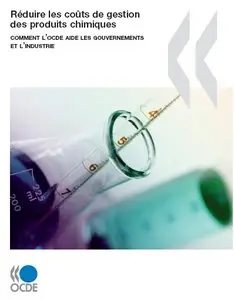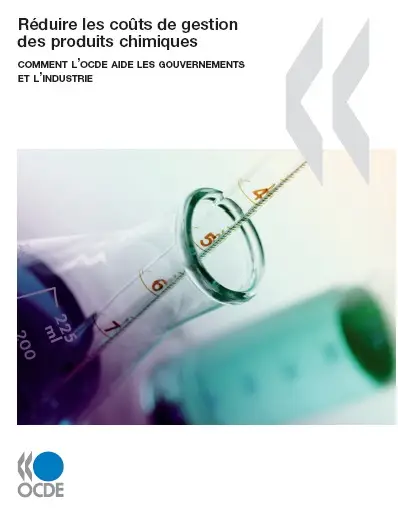Cutting Costs in Chemicals Management. How OECD Helps Governments and Industry
OECD | 13 Apr 2010 | ISBN: 9264085930 | 48 pages | PDF | 8 Mb
OECD | 13 Apr 2010 | ISBN: 9264085930 | 48 pages | PDF | 8 Mb
This report analyses the rigorous and comprehensive system for assessing and managing chemicals that helps governments and industry save about EUR 150 million each year, through "work sharing" facilitated by the OECD.
ES Download • | • iFi Mirror
The chemicals industry - including industrial chemicals, pharmaceuticals, pesticides, food and feed additives and cosmetics - is one of the world’s largest industrial sectors. Many chemical products are traded internationally. Varying national requirements can mean duplication of efforts and significant costs for the chemicals industry, as well as posing barriers to trade. By agreeing on test methods and data quality and sharing the workload of chemical safety testing and assessments, countries together achieve environmentally sustainable and cost-effective results. For non-clinical health and safety testing, for example, the results of such studies carried out on a chemical product in one OECD country must be accepted by the others as long as it was carried out in accordance with the OECD Test Guidelines and Principles of Good Laboratory Practice. This saves the chemicals industry the expense of duplicative testing for products that are marketed in more than one country.
Contents
Acronyms and Abbreviations
Executive Summary
What does the EHS Programme do?
How much money does the EHS Programme save?
What other benefits does it have?
Chapter 1: Introduction
• The chemicals industry
• Why governments work together to tackle the risks posed by chemicals
Chapter 2: Methodology and Results
• Estimating the costs of the EHS Programme
• Estimating the savings from the EHS Programme
Chapter 3: Non-Quantifiable Benefits
• Ensuring the safety of manufactured nanomaterials
• Harmonising biotechnology safety assessments
• Facilitating safety assessments of new industrial chemicals
• Enhancing Pollutant Release and Transfer Registers (PRTRs)
• Harmonising chemical classification and labelling
• Improving risk assessment and management methods
• Creating a level playing field for chemical accident prevention, preparedness and response
• Limiting the use of animals in chemical testing
Chapter 4: Conclusions
Annex A: Background Data
Acknowledgements
Available in French - "Réduire les coûts de gestion des produits chimiques. Comment l’OCDE aide les gouvernements et l’industrie ":
fr ES Download • | • fr iFi Mirror
fr ES Download • | • fr iFi Mirror
More : You find here





